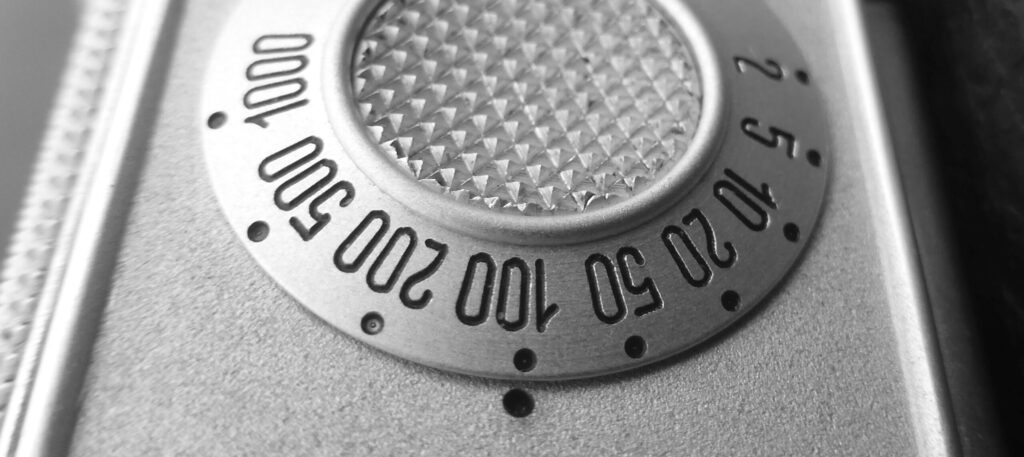
Are you worried about your camera’s shutter speeds? How critical are inaccurate shutter speeds in historical cameras? Take pictures with your Minox, even if the shutter speeds may be significantly off. Here I’ll show you why it works.
What I discuss in this article applies not only to Minox cameras, but actually to all analog cameras.
Page Contents
Latitude of modern color negative films
Modern color negative films have enormous exposure latitude that easily compensates for deviations. Even Kodak Ektar 100 or Cinestill 50 d – which are particularly suitable for Minox photography due to their extremely fine grain – tolerate variations of several f-stops.
Many Minox owners are uncertain whether their camera’s shutter speeds are working correctly. They desperately search for guides on how to adjust the mechanical shutter – whether it’s classic models like Riga, A, B, BL, or AX. My recommendation: Don’t worry too much about the accuracy of your shutter!
The mechanical Minox models have six exposure times that can be used handheld without the need for a tripod. On the early models (Minox Riga, Minox A, and Minox B), these shutter speeds are: 1/20s, 1/50s, 1/100s, 1/200s, 1/500s, and 1/1000s. This corresponds to approximately six f-stops.
I wanted to know…
Various sources say that even the latest color negative films have at least this much exposure latitude. So why, I thought, do you need to work with different exposure times at all? What if I simply set a medium exposure time, regardless of the current lighting conditions?
Of course, I am aware of the possible objections to this, e.g.
- with high contrasts, you need the entire exposure latitude of the film, or
- for optimal results with C41 films, you have to expose for the shadows,
- exposure time is a creative tool for capturing movement.
- etc.
However, I have also learned from experience that it is best to ignore the naysayers – Sapere Aude. So I just gave it a try. I happened to have a CineStill 50d on hand, but an Ektar 100 would have worked just as well. Then I took my well-adjusted Minox A IIIs and simply tried out my idea.
I proceeded in two steps. First, I took a series of exposures ranging from 1/20s to 1/1000s in a lighting situation of EV 10.3. I then took a few more shots with different subjects and a wide variety of lighting conditions. The shutter speed was always set to 1/100 s (actually 1/89 s).
The exposure bracketing
For this test, I waited until the lighting conditions corresponded to approximately EV 9.3 for the CineStill 50d’s film speed of ISO 50 (10.3 at ISO 100). This value corresponds to medium brightness, which is typical for a cloudy day outdoors. A bright but not sunny day, e.g., under thick cloud cover, where the light is diffuse but sufficiently strong.
To ensure that the camera used is accurate enough in terms of shutter speeds, I measured the shutter speeds (-> “Minox A1”) and found that they are generally within the tolerance range. The following table shows the actual shutter speeds of the Minox used in the second column.
The table now shows by how many f-stops each image is incorrectly exposed (+ overexposed, – underexposed). The calculation of the f-stops is based on EV 9.3 for correct exposure:
| Nominal Shutter Speed | Actual Shutter Speed | Actual EV (ISO 50) | f-stops |
|---|---|---|---|
| 1/20 s | 1/17 s | 6.7 | + 2.6 stops |
| 1/50 s | 1/39 s | 7.9 | + 1.4 stops |
| 1/100 s | 1/89 s | 9.1 | + 0.2 stops |
| 1/200 s | 1/168 s | 10.0 | – 0.7 stops |
| 1/500 s | 1/307 s | 10.9 | – 1.6 stops |
| 1/1000 s | 1/945 s | 12.5 | – 3.2 stops |
So the first three images should be overexposed, and the following three images should be underexposed. I wanted to know how this would specifically affect the image quality.
Density of the negatives
I chose a motif with medium contrast, i.e., without highlights or deep shadows. This gave me the following negative strip:

You can clearly see how the density of the negatives decreases from left to right. The image on the far left has the longest exposure time and is about four times as dense as the image on the far right, which has the shortest exposure time. The correct exposure is between the third and the fourth frame.
The density was measured during digitization with a digital camera (Sony a6000). The EV values measured were 5.26 to 7.21. This corresponds to 3.88 times the difference between the darkest and lightest negatives.
The digitized negatives
I then photographed the negatives with a digital camera (Sony a6000). The automatic exposure function largely compensated for the differences in brightness between the negatives:

Now I was very curious to see whether all the pictures were usable and how big the differences between them were. To find out, I digitally developed the negatives and got these results.
The numbers below the images indicate the exposure time used and the resulting overexposure (+) or underexposure (-) in f-stops, see table above, click on images to enlarge:
I had expected all the results to be usable. In fact, the images are so similar in quality that it is almost impossible to tell which picture was overexposed and which was underexposed. If there are still slight differences in the colors, these could be adjusted as desired.
The amazing result
To illustrate the dramatic nature of this result, I am showing the first and last images here. Under otherwise identical conditions, the left image was exposed 55 times longer than the right one. The difference in the result is minimal!
And how does that work in practice?
Of course, I also wanted to know how these findings could be put into practice. To do this, I took pictures with the same film in the same camera under a wide variety of lighting conditions. Mind you, always with an exposure time of 1/100 s!
Please excuse my choice of subject, composition, and any blurring. I was only concerned with the light.
The first example shows a staircase illuminated from above by daylight and the same staircase one floor below, completely unlit. Even there, an image was created that has its charm:
Two more extreme examples: There are approximately 7 f-stops between these lighting situations. Both images are still usable, even though they are at the limit:
A few situations outdoors in both sunny and overcast conditions, all exposed at 1/100s:
Conclusion: Don’t worry – just shoot!
The investigation dispels the uncertainty: Modern color negative films’ latitude covers the Minox shutter range. That’s good news in several ways.
- Exposure is much easier than expected. You can work faster and concentrate more on the photo and its composition. Of course, you don’t have to stick strictly to 1/100s – you can adjust slightly to the lighting situation, but completely relaxed and without metering. For really low light, go with 1/20s; for extreme brightness, use 1/1000s. A rough setting is enough, as we’ve seen.
- You don’t need an external light meter for the Minox A and Minox Riga. If the light meter on the Minox B doesn’t work (properly), that’s no problem either.
- And above all, you don’t have to worry if the shutter isn’t working accurately. Even deviations of 100% in shutter speeds have no visible effect on image quality.
- One last note. In Don Krehbiel: A Major Voice in the World of Minox – Collected Writings 1990s–2000s, he says the following on the subject of exposure: “My personal formula for Minox shutter speed is simply to multiply the film speed (ASA) by 10 in normal, bright sunlight, which corresponds to about one stop more exposure than the f/16 rule.” So, with an ISO 100 color negative film on a sunny day, 1/100s!
For those who want to know exactly: Just measure your Minox’s actual shutter speeds. How to do it simply is described here. Even if your camera’s speeds are way off, you’ll know afterward which setting gives you approximately 1/100s. And then you can just start shooting!
Further articles on this topic
- How do I expose with a Minox?
- Video: Dynamic Range in Photography: A Comprehensive New Perspective
- Video: Testing The Exposure Limits Of Kodak Ektar 100
- How do I measure the exposure times on my Minox?
- How does the Minox exposure mechanism work?
- Minox photography for beginners
- Minox photography in practice
- Visual perception in photography
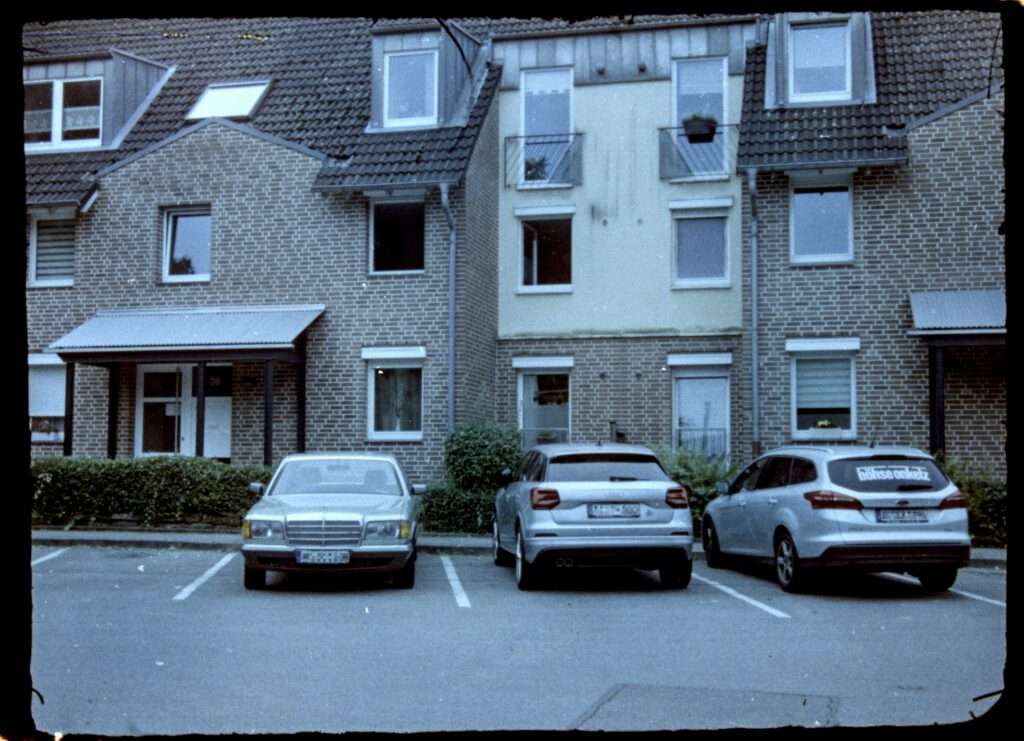
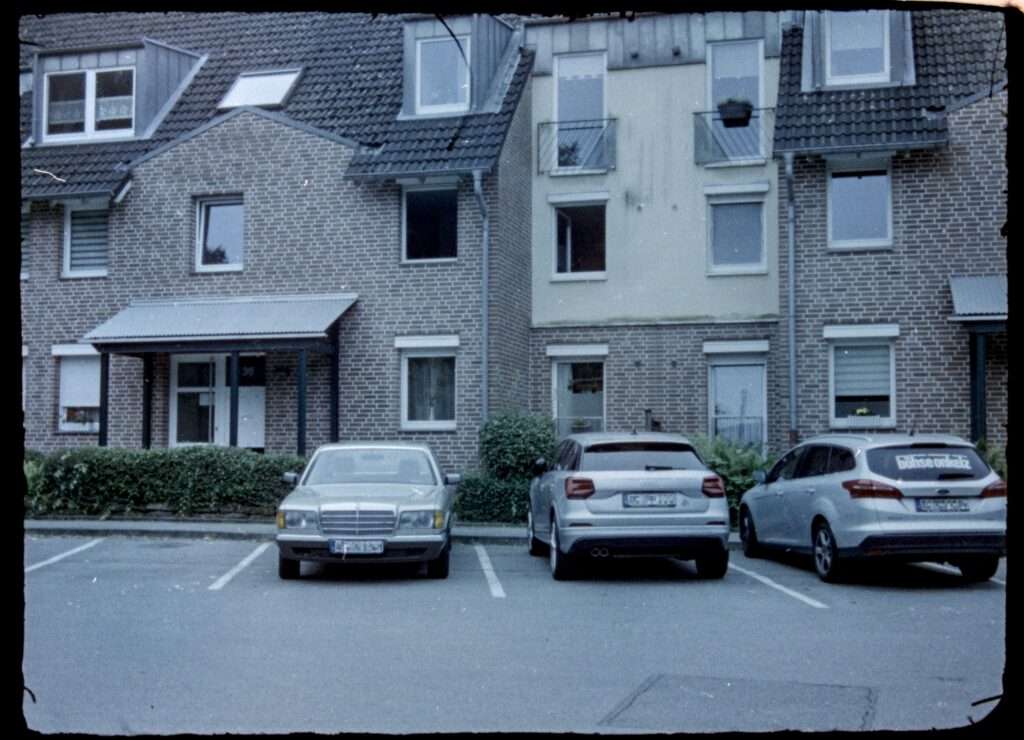
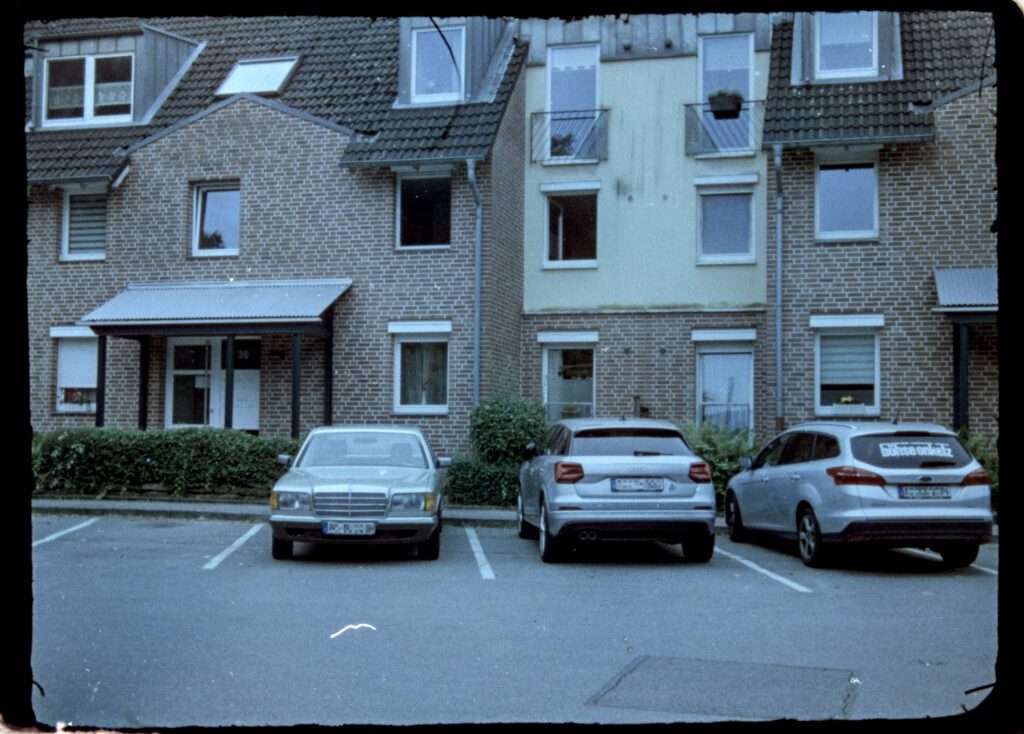
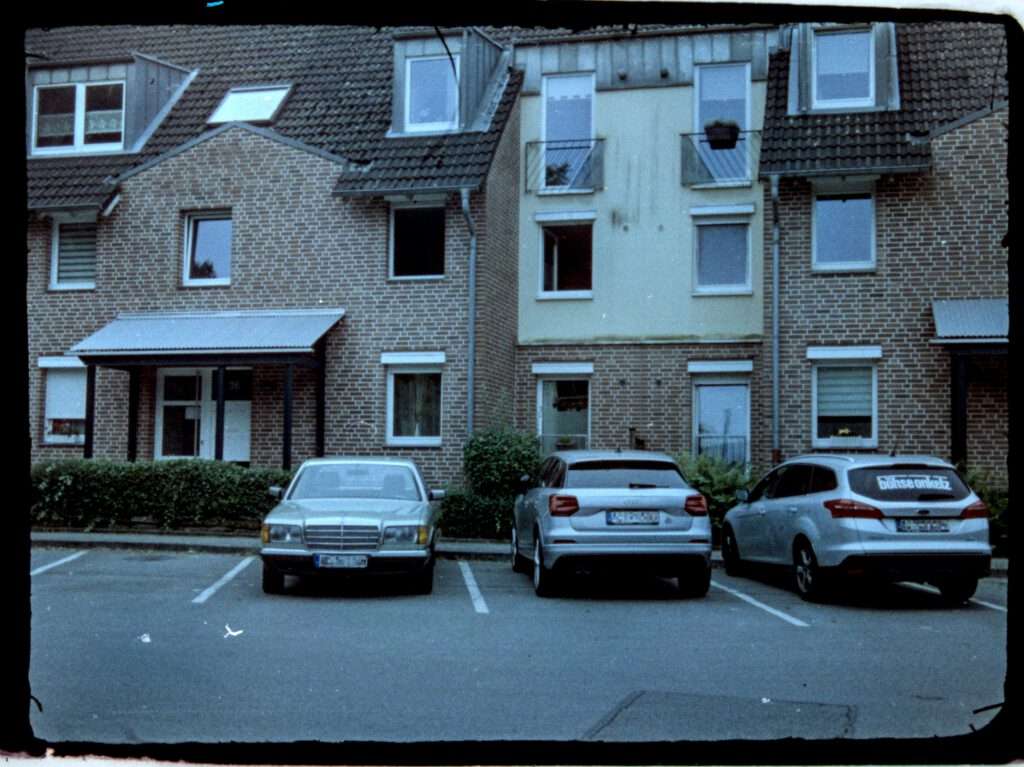
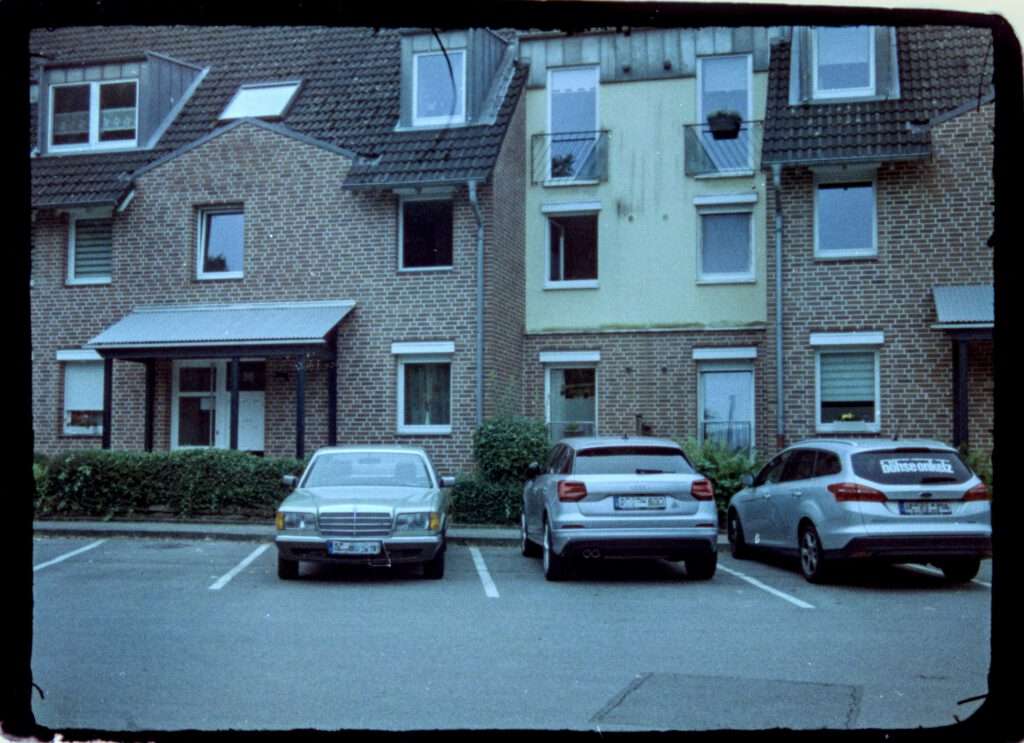
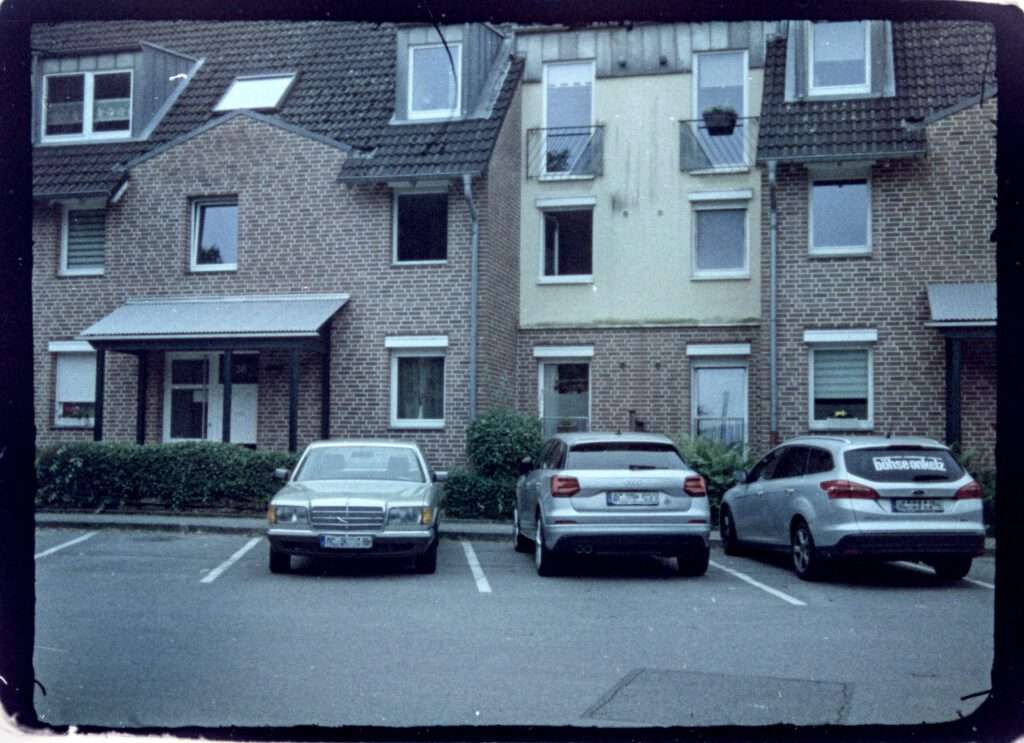
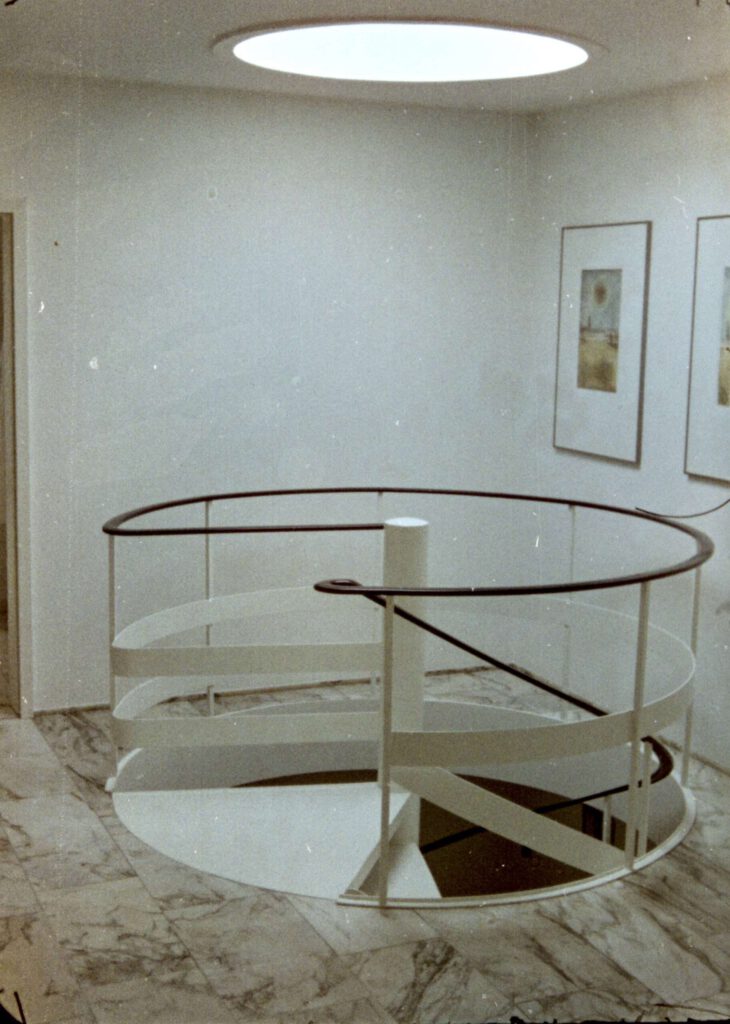
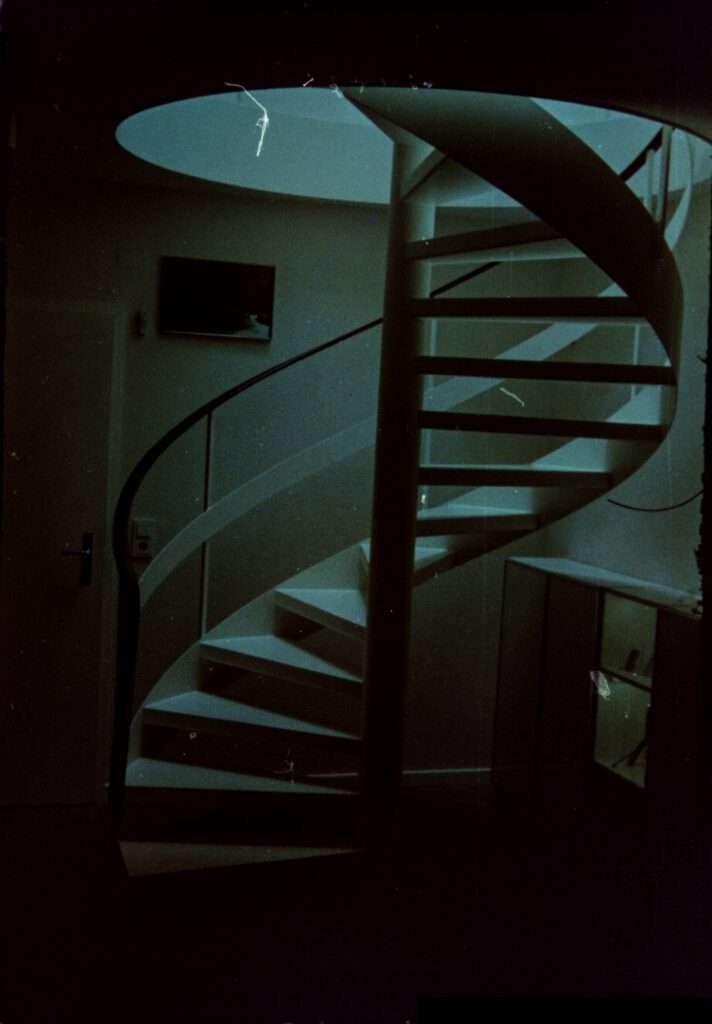
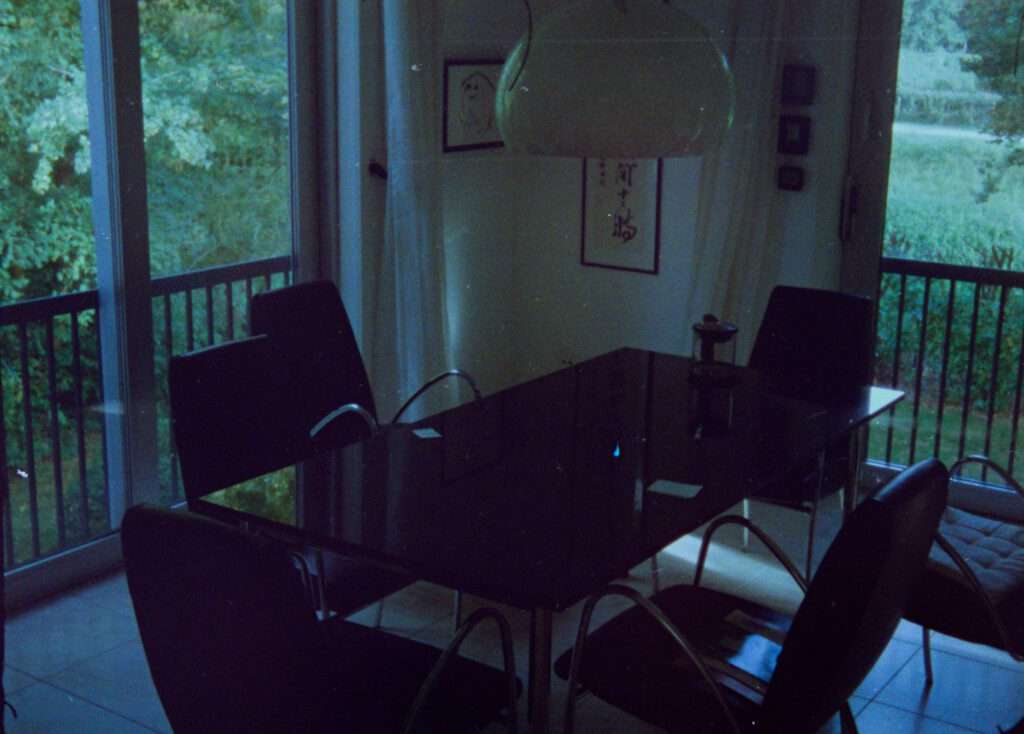
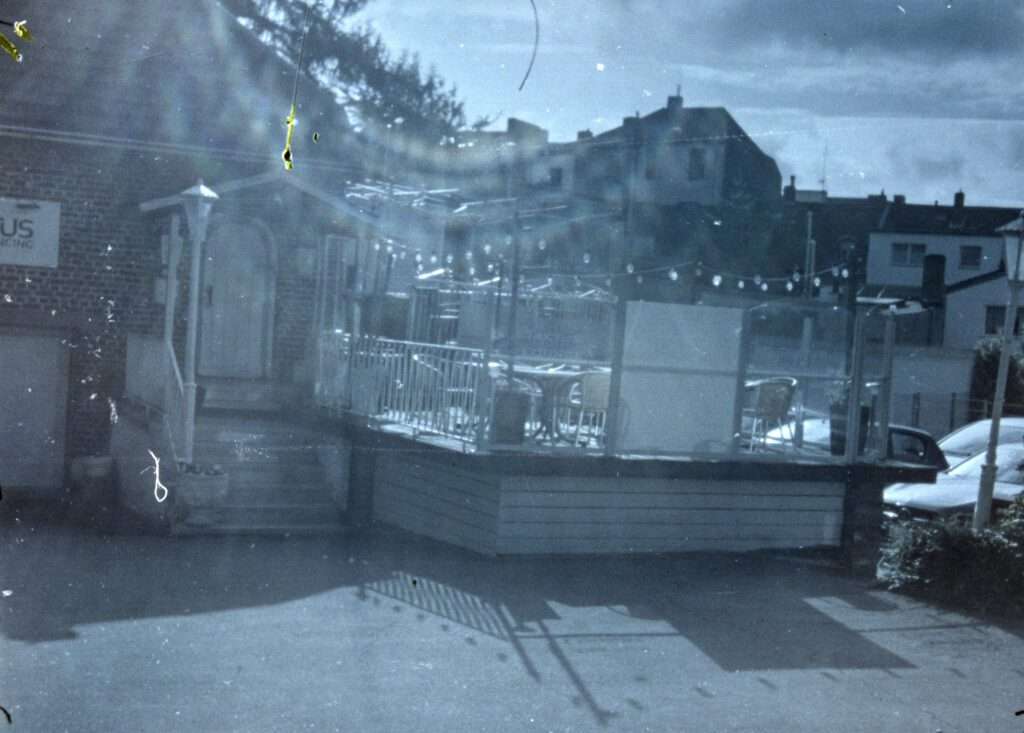
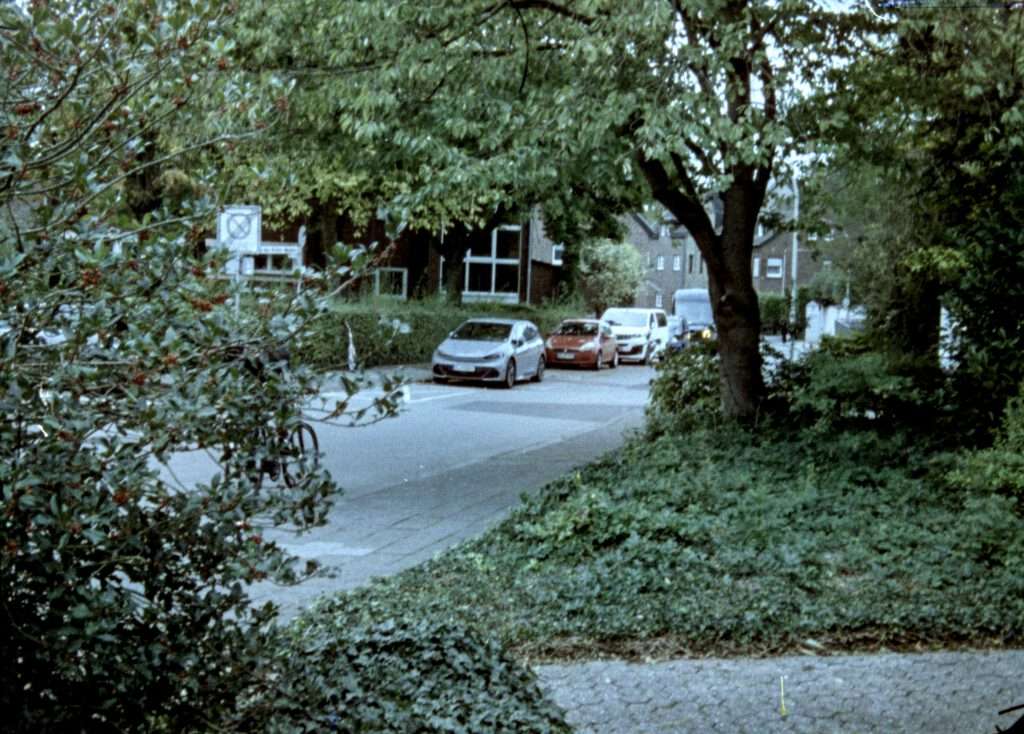
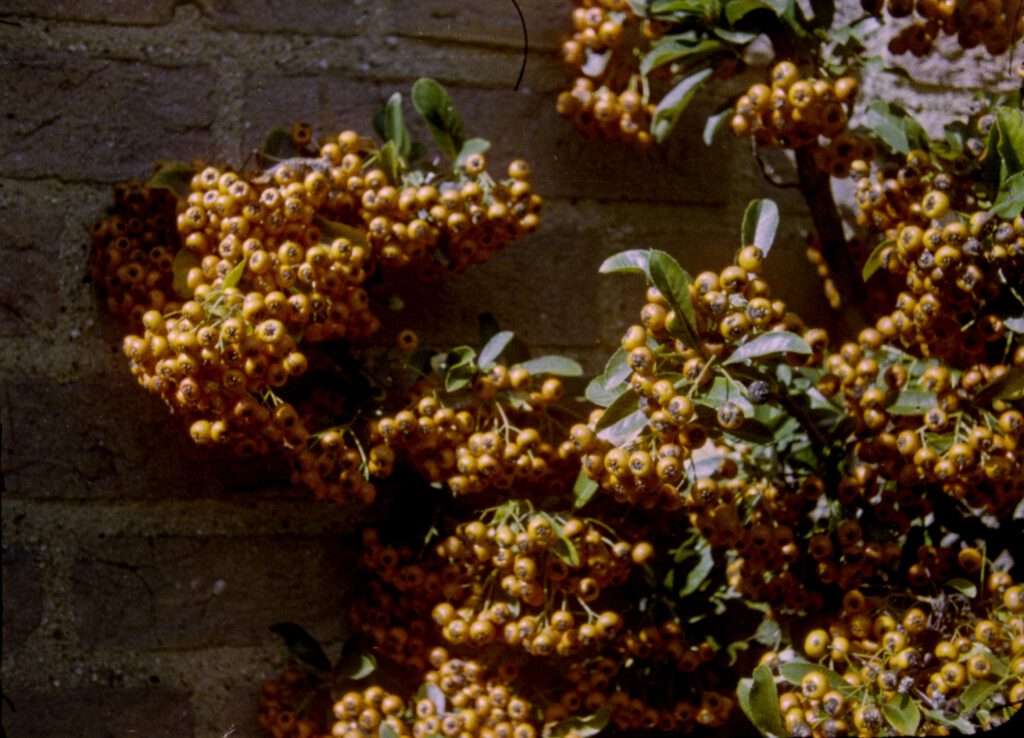
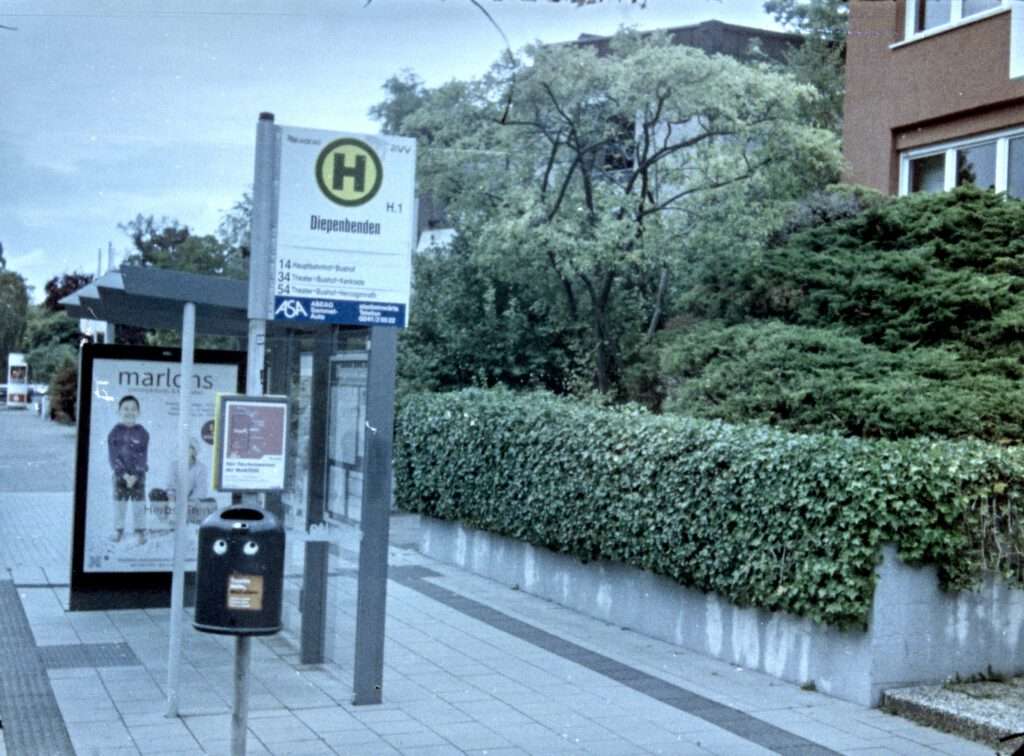
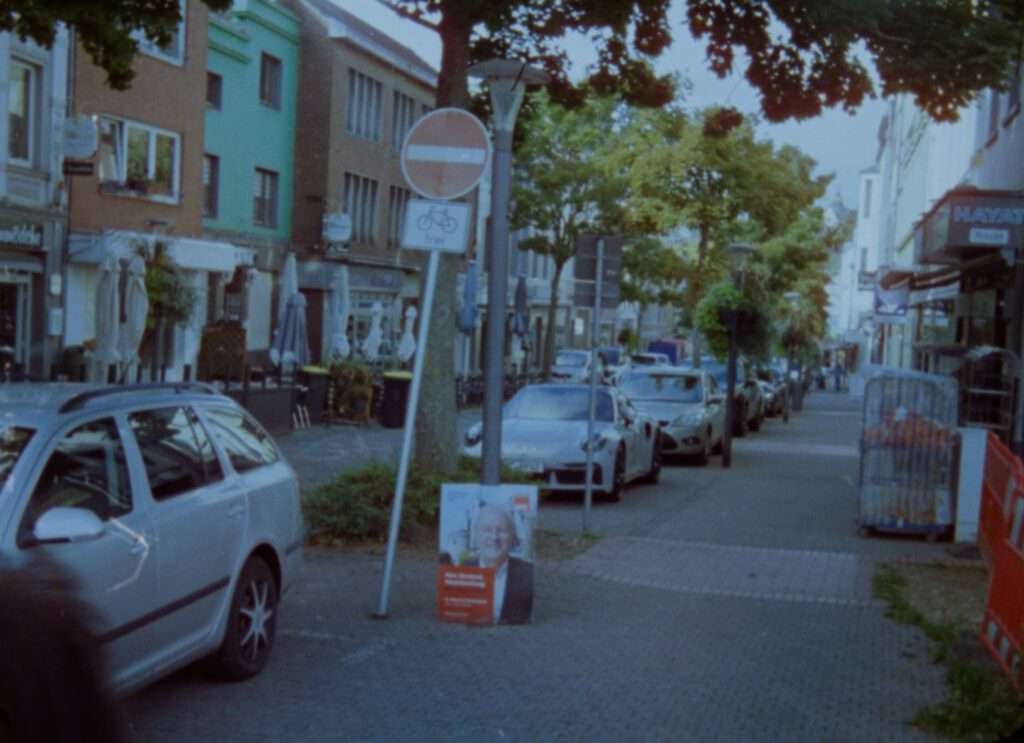
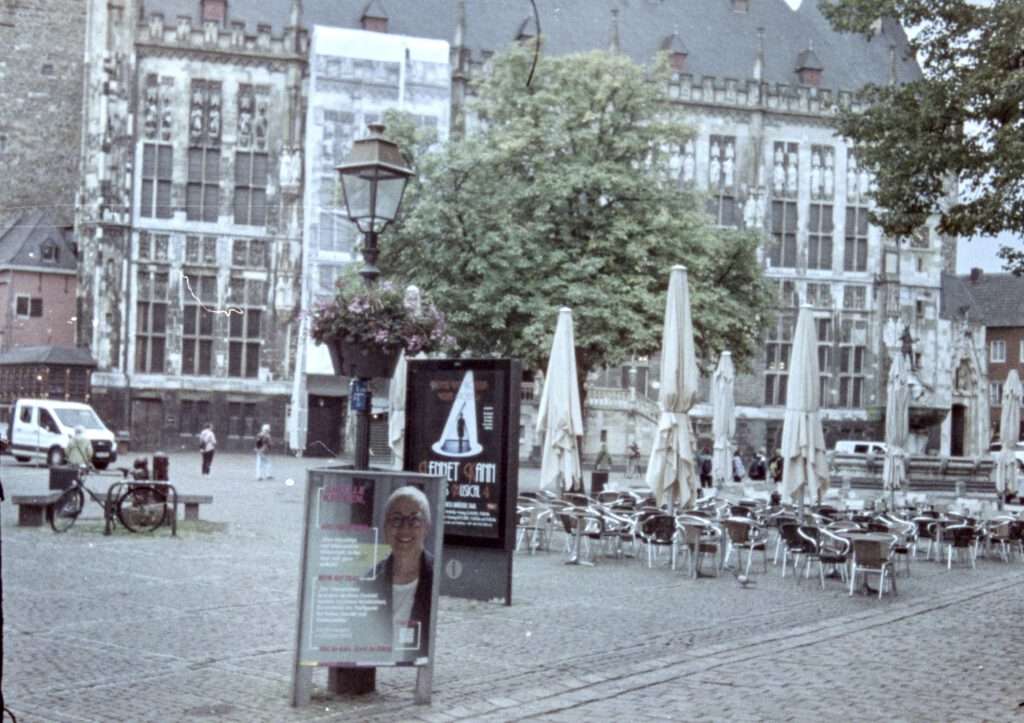

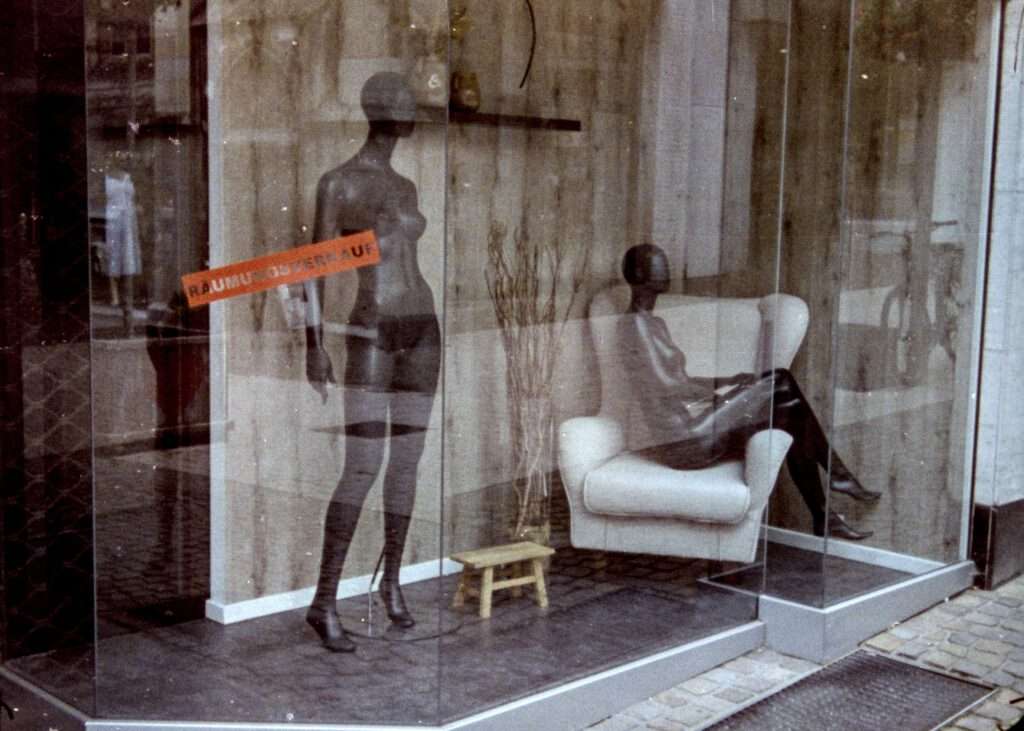

Sehr aufschlußreich. Insbesondere, wenn man den Prozeß der Weiterverarbeitung der so erzeugten Farbnegative mit Lightroom-Digitaltechnik fortsetzt. Ein weiterer Grund, mal wieder mit der Minox Filme zu belichten, da man also nicht so stark auf die Belichtung achten muß.